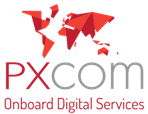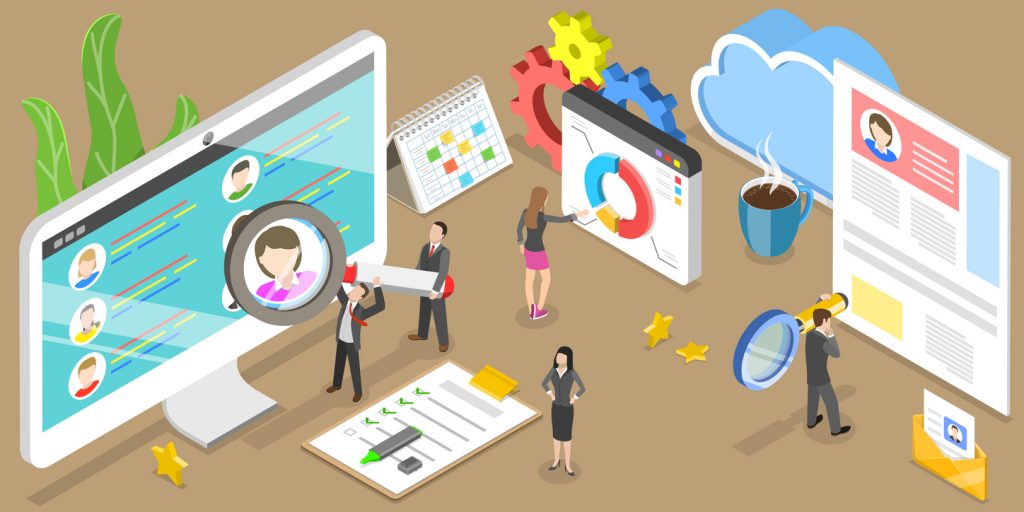


Over the past few years, Customer Data has become highly complex – vital and a source of performance. In fact, there’s an exponentially growing volume of data (various data formats and technologies, the requirement of real-time, constraints enhanced security and confidentiality).
At the same time, the activation tool needs to integrate Customer Data from various sources (stores, e-commerce sites, CRM, Customer Service, ERP), at the right time.
Traditionally, customer data management has been “channel-centric” meaning that data is collected and organized according to the channel that created the data (email, call center, etc), and kept in siloed, inaccessible databases.
According to Segment’s “The CDP Report 2021” the number of Customer Data had grown from billions to over 1 trillion.
Indeed, since the emergence of COVID-19, we are witnessing an unprecedented digital acceleration. In just a few months, every business has become an Internet business. Every business wants to reach customers through multiple channels and manage the vast amount of customer data from each channel.
As this unprecedented explosion of data and digital adoption continues, CDPs have gone mainstream as an essential element of a digital-first business.
Current solutions are not keeping pace and a new system must be found to manage the Data and effectively manage the Customer Experience.
That is why a new approach is needed: the Customer Data Platform (CDP).
‘‘ A CDP is a packaged software solution that creates a database unified and persistent client, accessible to other systems. ’’
-CDP INSTITUTE
According to the Customer Data Platform Institute CDP aims to create a unified and persistent customer database, which is accessible to other systems.
A CDP enables true data-driven marketing as it brings together all customer data and “stitches” that data into a unified customer profile. This unified passenger profile provides a single view of the customer, combined with the multi-channel orchestration of traveler journey, enabling travel brands to personalize and target passenger experiences.
Create enhanced views of customer data to facilitate marketing activities. However, CDP is not just an “enhanced view”, it iterates and evolves the “single point of view” sought for decades.
Take advantage of CDP to even better understand context customers from web chats, social media, call logs, and other sources.
Therefore, this additional context provides a better understanding of the needs, behaviors, and customer expectations. Hyper-personalized acquisition, cross-sell, and upsell programs are possible by integrating customer-created data overviews into marketing and sales automation tools.
In the omnichannel era, after the wave of different technologies such as CRM, MDM, or DMP, CDP technology (Customer Data Platform) once again seeks to address this challenge by providing a solution to unify customer data while offering a user-friendly environment for marketing users and analysts.
1. Ingestion: Capabilities for ingesting “customer” omnichannel data from internal systems or partners, in real-time or asynchronously.
2. Unification: Creation of a unique, standardized, enriched “customer” profile and access to data for analysis purposes (data viz, data mining, data science, etc.)
3. Activation: Segmentation and activation of marketing channels (email, web, mobile,…) or operational channels (store team, support team,…)
– retrieve information from online and offline sources such as websites, mobile apps, and messaging platforms to provide a complete view of your customer.
– help organizations plan the optimal next step with a particular customer, after retrieving the data. This allows businesses to learn what needs to be done to retain specific customers.
– also, be used by customer service teams to respond to each individual. Email software, data warehouse software, and other platforms that store data can usually integrate with a CDP.
CDPs satisfy customers by allowing brands to skip technology with an economical time and investment. Thanks to its connectivity and scalability, the customer data platform enables multichannel deployment of experience scenarios in a simple and agile way. The unification of the customer’s point of view enables a dialogue between the company and each prospect, while respecting its uniqueness and its own characteristics.
Don’t miss Part 2 where we’ll tackle the difference between CRM, CDP, MDM, DMP, how companies use CDP, and its most common use cases in the Travel industry!
TRAVELER’S MICRO-MOMENTS Home Capturing the Traveler's Micro-Moments 26 April 2022 microMoments, Technology, traveler Time Is No Longer Measured in Days,…
IFE TO THE RESCUE Home WHEN IFE COMES TO THE RESCUE OF FLIGHT ATTENDANTS! 25 June 2022 Digital Services, IFE,…
Digital AD: IVT-FREE Zone Home DIGITAL INFLIGHT ADVERTISING: AN IVT-FREE ZONE 20 May 2022 Advertising, IVTFREE, Technology In late 2015,…